Orthopedic Stem Cell Treatment in Colombia: Safety, Cost, and What to Know
Yes, orthopaedics stem cell therapy in Colombia is generally safe for international patients when performed at INVIMA-regulated clinics by certified specialists, offering high standards of care comparable to the US.
.png)
If you've been dealing with chronic joint pain, knee issues, or sports injuries, you’ve probably heard about the potential of regenerative medicine. But you’ve likely also seen the high price tags in the US or Canada. That’s where Colombia comes in. Is Orthopaedics Stem Cell Colombia Safe for International Patients? The short answer is yes—but you need to know where to look. Colombia has rapidly become a global hub for medical tourism, specifically for orthopedics, thanks to its combination of advanced medical technology, highly trained doctors, and strict government oversight.
We aren't just talking about a budget alternative here; we are talking about world-class facilities. The key to safety lies in the country's regulatory body, INVIMA, which functions similarly to the FDA. They ensure that clinics meet rigorous safety and hygiene standards. Thousands of patients travel to cities like Bogotá, Medellín, and Cartagena every year to fix their knees, hips, and shoulders without breaking the bank. In this guide, we will walk you through everything you need to know to make a safe, informed decision about your health.
Is stem cell therapy legal in Colombia?
One of the biggest concerns for international patients is the legal status of the treatment. In Colombia, stem cell therapy is not operating in a "grey area" like it does in some other countries. It is fully legal and recognized by the Colombian government. The industry is overseen by the National Institute for Food and Drug Surveillance (INVIMA), which sets the rules for how biological products must be handled, processed, and administered.
This regulation means that legitimate clinics must follow specific protocols to maintain their licenses. They cannot just do whatever they want. They have to prove that their laboratory processes are sterile and that the stem cells are viable. This legal framework provides a massive safety net for you as a patient, ensuring that the orthopaedics stem cell Colombia safe standards are met.
However, legality doesn't mean every single clinic is perfect. It means the system exists to protect you. You still need to verify that the specific clinic you choose has a current, valid license from INVIMA. This is your first step in ensuring a safe experience.
How much does orthopedic stem cell therapy cost in Colombia?
Cost is usually the main driver for medical tourism, and Colombia offers incredible value. While a similar treatment in the United States might cost you the price of a new car, Colombia offers the same quality for a fraction of the price. The lower cost is due to the lower cost of living and operational expenses in Colombia, not a lack of quality.
Below is a comparison table to give you a clear idea of the savings:
| Treatment Type | Estimated Cost in USA | Estimated Cost in Colombia |
|---|---|---|
| Knee Stem Cell Injection (One Knee) | $5,000 - $10,000 | $2,500 - $4,500 |
| Double Knee Protocol | $12,000 - $20,000 | $5,000 - $8,000 |
| Hip Joint Therapy | $8,000 - $15,000 | $4,000 - $7,000 |
| Comprehensive Sports Injury Protocol | $20,000+ | $8,000 - $12,000 |
When you look at these numbers, remember that the orthopedic stem cell cost Colombia often includes VIP services. Many clinics offer packages that include transportation from the airport, translation services, and sometimes even hotel stays. You get a premium experience for less than the cost of the basic procedure back home.
What orthopedic conditions can be treated with stem cells in Colombia?
Stem cell therapy is most effective for soft tissue injuries and degenerative joint conditions. In Colombia, the most common procedure performed is for knee osteoarthritis. Patients who have been told they need a total knee replacement often come here as a last attempt to save their natural joint, and many see fantastic results.
Beyond knees, Colombian specialists are experts in treating shoulder issues like rotator cuff tears and frozen shoulder. Hip pain caused by bursitis or early arthritis is another frequent target. The therapy works by reducing inflammation and encouraging the body to repair damaged cartilage and tissue. It’s not magic, but for the right candidate, it can be life-changing.
If you have a complete tear of a ligament (like a severed ACL), stem cells alone won't fix it—you would need surgery first. But for partial tears, wear and tear, and chronic inflammation, this therapy is a powerful tool available in Colombia.
Are Colombian stem cell clinics accredited?
Accreditation is the badge of safety you need to look for. In Colombia, the "gold standard" is the INVIMA certification for the clinic's laboratory. This means the government has inspected their facility and verified that they are processing cells safely. You should never go to a clinic that cannot show you their INVIMA registration.
Many top-tier clinics in Medellín and Bogotá go a step further. They often partner with universities for research or hold ISO certifications for quality management. Some doctors are also members of international boards like the American Academy of Orthopaedic Surgeons (AAOS) or the International Society for Stem Cell Research (ISSCR).
When you are researching safe stem cell clinics Colombia, ask to see these certificates. A trustworthy clinic will be proud to show them to you. If they hesitate or give you vague answers, that is a red flag, and you should look elsewhere.
What types of stem cells are used in Colombia?
This is where Colombia actually has an advantage over the US. In the United States, regulations strictly limit the manipulation of stem cells. This often means doctors can only use what they extract from your body during the same appointment, without "expanding" (multiplying) them in a lab. Colombia allows for the culture and expansion of cells under strict guidelines.
Most clinics in Colombia recommend allogeneic Mesenchymal Stem Cells (MSCs) derived from donated umbilical cord tissue (Wharton’s Jelly). These cells are "young," potent, and have a strong ability to reduce inflammation. Because they are immune-privileged, your body typically does not reject them. You don't need a painful bone marrow extraction; you just receive the injection.
Of course, if you prefer using your own cells (autologous), that is also available. Doctors can harvest cells from your bone marrow or adipose (fat) tissue. However, the trend in Colombia is moving toward umbilical cord cells because they yield higher cell counts and are easier on the patient.
Do the doctors speak English?
Communication is vital for safety. You need to be able to tell your doctor exactly what hurts and understand exactly what they are going to do. Fortunately, the language barrier is rarely an issue in the medical tourism sector of Colombia. Many of the leading orthopedic surgeons have completed fellowships or training in the United States or Europe.
Even if the nursing staff has limited English, the clinics that cater to international patients almost always have a dedicated "patient coordinator." This person acts as your concierge and translator, ensuring you are never left confused. They will be with you from your initial video consultation all the way to your post-procedure check-up.
When you contact a clinic for the first time, pay attention to their communication. Do they reply in clear English? Do they offer a phone call? This initial interaction is a good test of how well they will be able to communicate with you during your trip.
What is the success rate for orthopedic stem cell therapy?
While no medical procedure offers a 100% guarantee, the success rates for orthopedic stem cell therapy in Colombia are very encouraging. Most patients report a noticeable decrease in pain and an increase in range of motion within 3 to 6 months after the treatment. For conditions like knee osteoarthritis, many patients are able to delay or completely avoid knee replacement surgery.
It is important to manage your expectations. "Success" usually means a significant reduction in pain and a return to daily activities, not necessarily a brand-new joint like you had when you were 20. The stem cell therapy success rate Colombia data tracks closely with international averages for regenerative medicine.
Factors that influence your specific success include your age, the severity of your condition, and how well you follow the post-treatment rehabilitation protocol. Your doctor in Colombia should be honest with you during the consultation about what kind of results you can realistically expect.
Is the procedure painful?
One of the benefits of this therapy is that it is not major surgery. If you are receiving umbilical cord stem cells, the process is as simple as getting an injection. The doctor will numb the area with a local anesthetic, so you will feel a pinch and some pressure, but no sharp pain. It is very similar to getting a cortisone shot.
If you choose to use your own bone marrow or fat, there is a bit more discomfort involved in the harvesting step. Liposuction (for fat) or bone marrow aspiration (from the hip) is done under local anesthesia or light sedation. You might be sore in that area for a few days afterwards, like a bruise.
Overall, patients are often surprised at how easy the actual treatment day is. You walk in and walk out the same day. There is no need for general anesthesia or a hospital stay, which significantly reduces the risks and the "scary" factor of the medical procedure.
What are the risks of stem cell therapy in Colombia?
Safety is the theme of this article, so let's talk about the risks. The most serious risks—like rejection or tumor formation—are extremely rare with Mesenchymal Stem Cells (MSCs), especially when they are sourced and processed correctly. MSCs do not have the same risks as embryonic stem cells (which are not used in reputable orthopedic clinics).
The most common side effects are temporary. You might experience some swelling or stiffness in the joint for 24 to 48 hours after the injection. This is actually a sign that the inflammatory healing response has been triggered. Infection is a risk with any injection, anywhere in the world, but strict sterile techniques in Colombian clinics make this very unlikely.
The biggest "risk" is often financial—that the treatment simply doesn't work for you. As mentioned, not everyone responds to stem cells. A good doctor will screen you beforehand to ensure you are a good candidate, minimizing the chance that you spend money on a treatment that won't help.
How long is the recovery time?
You won't be laid up in bed for weeks. Most patients can walk out of the clinic immediately after the procedure. You will likely be told to take it easy for the first few days—no hiking up Monserrate in Bogotá or taking long walking tours of Cartagena immediately after your shot. Rest is crucial to let the cells settle.
For the first two weeks, you should avoid heavy lifting and high-impact sports. After that, you will gradually ease back into your normal routine. Many clinics provide a physical therapy guide to help you strengthen the muscles around the joint without overdoing it.
This short downtime is why medical tourism in Colombia is so popular. You can fly in on a Wednesday, have your consult, get treated on Thursday, rest on Friday, and fly home on the weekend. It fits easily into a standard vacation allowance.
Is it safe to travel to Colombia?
Colombia has worked hard to shed its reputation from the 80s and 90s, and today, it is a major tourist destination. The areas where medical clinics are located—like El Poblado in Medellín or Usaquén in Bogotá—are upscale, modern, and safe. They are filled with shopping malls, nice restaurants, and heavy security presence.
That said, standard big-city rules apply. Don't flash expensive watches, use Uber or arranged transport instead of hailing cabs off the street, and stay in the well-trafficked tourist zones. Thousands of Americans and Europeans visit every month without incident.
The clinics themselves are usually located in medical towers or high-end office buildings with 24/7 security. Your safety inside the medical facility is guaranteed. If you are nervous, many clinics offer "door-to-door" service where a driver picks you up from the airport and takes you to every appointment.
Can I fly home after the procedure?
One common question is about the safety of flying after a medical procedure. Since orthopedic stem cell therapy is minimally invasive, there is usually no restriction on flying. You don't have the same risk of blood clots (DVT) that you would have after a major surgery like a knee replacement.
However, doctors usually recommend waiting at least 48 hours before getting on a long-haul flight. This allows the doctor to do a quick follow-up check to make sure the injection site looks good and that you aren't in significant pain. It also makes your travel more comfortable.
When you do fly, try to book an aisle seat or a seat with extra legroom so you can stretch your legs. Keeping the blood flowing is good for your general health and helps with the healing process.
What pre-op tests do I need?
Before you even book your flight, the clinic will want to see your medical records. They will ask you to email them your recent MRIs or X-rays. The doctor needs to see exactly what is going on inside your joint to determine if stem cells will actually help. If your bone-on-bone arthritis is too advanced, they might tell you that you aren't a candidate.
Once you arrive in Colombia, they will likely run a basic blood panel. They want to check for any active infections or issues with your clotting factors. This is a standard safety protocol. If you have an active infection (like a flu or a tooth abscess), they will postpone the treatment to prevent the bacteria from spreading to your joint.
This thorough screening process is a hallmark of a safe orthopaedics stem cell Colombia clinic. If a clinic offers to treat you without seeing any images or medical history, run the other way.
Is there follow-up care available?
Just because you go home doesn't mean the relationship ends. Good clinics want to know how you are doing. They will schedule follow-up appointments via Zoom or WhatsApp at the 1-month, 3-month, and 6-month marks. They want to track your pain levels and give you advice on increasing your activity.
This remote care is crucial. Sometimes recovery isn't a straight line—you might have a week where the pain flares up. Being able to message your doctor in Colombia and get reassurance or advice is invaluable. Make sure to ask about their "aftercare protocol" before you commit to a clinic.
How do I choose the right clinic?
Choosing the right clinic is the single most important decision you will make. Start by verifying the INVIMA license. Then, look at the doctor's bio. Are they an orthopedist or a sports medicine specialist? You want a joint expert injecting your joint, not a general practitioner.
Read reviews from other international patients. Look for video testimonials, not just written ones, as they are harder to fake. Ask specifically about their cell count guarantees—how many million cells will you receive? A good clinic will be transparent about their numbers.
Finally, trust your gut. If the sales team is too pushy or promises a "miracle cure," be skeptical. The best clinics offer honest medical advice and realistic expectations.


.png)



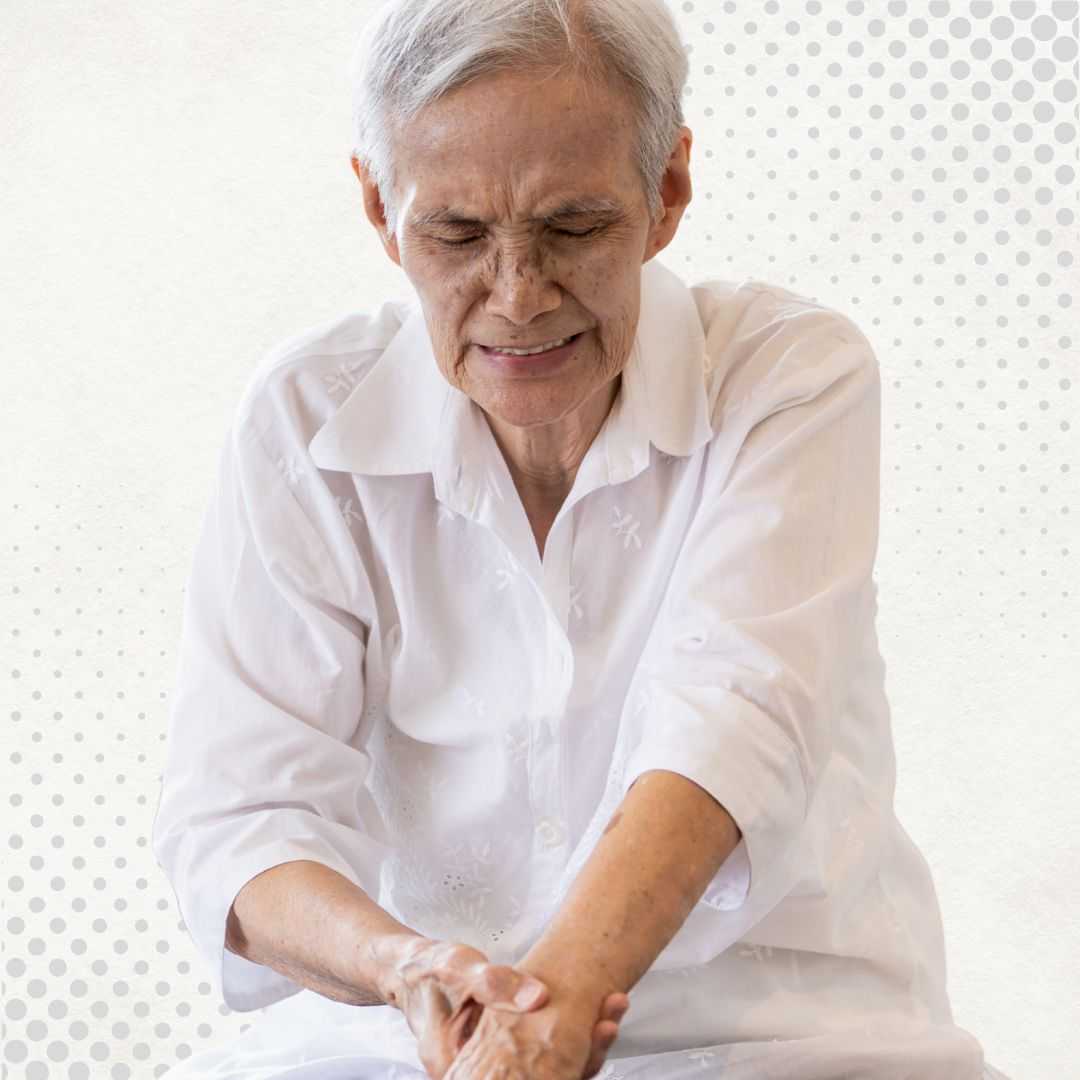
.jpg)
.jpg)
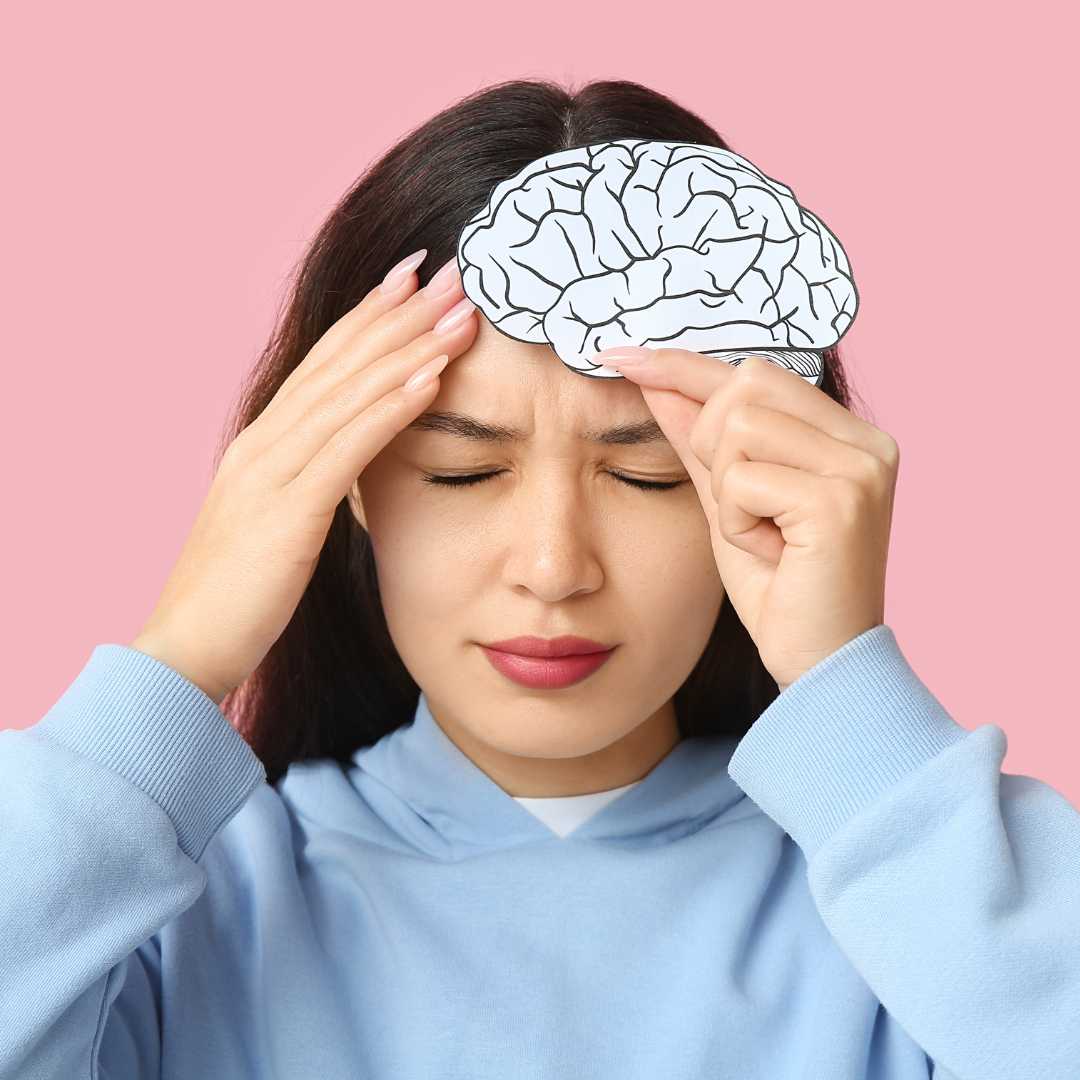

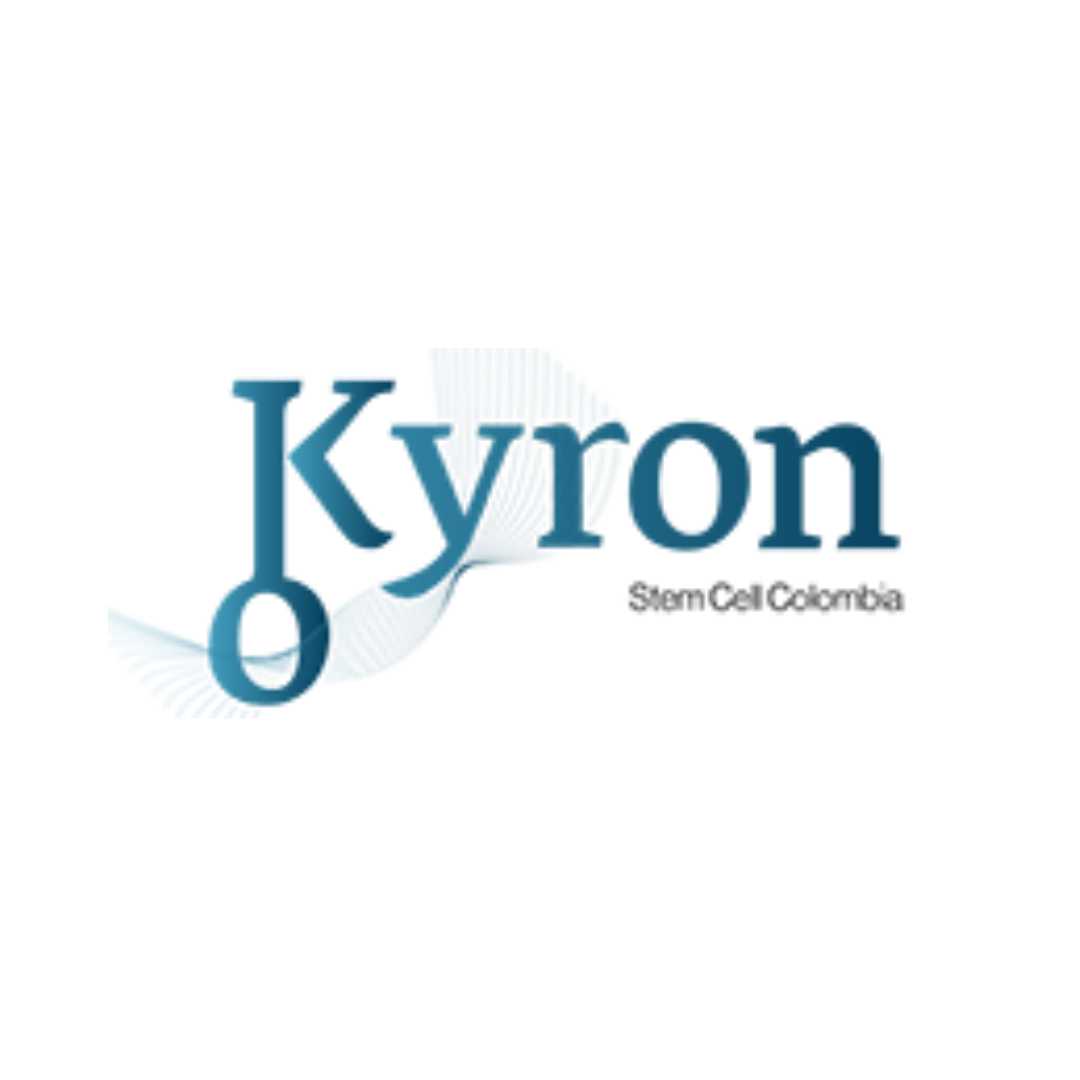

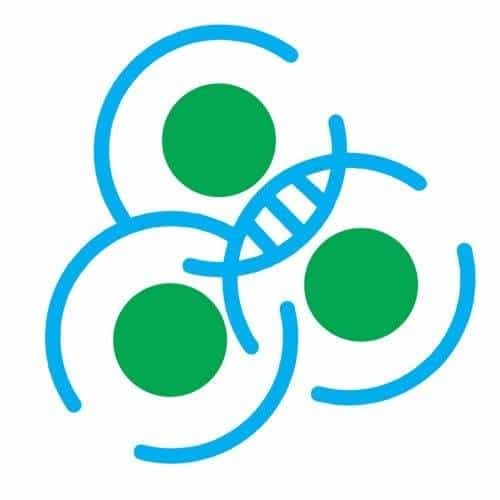

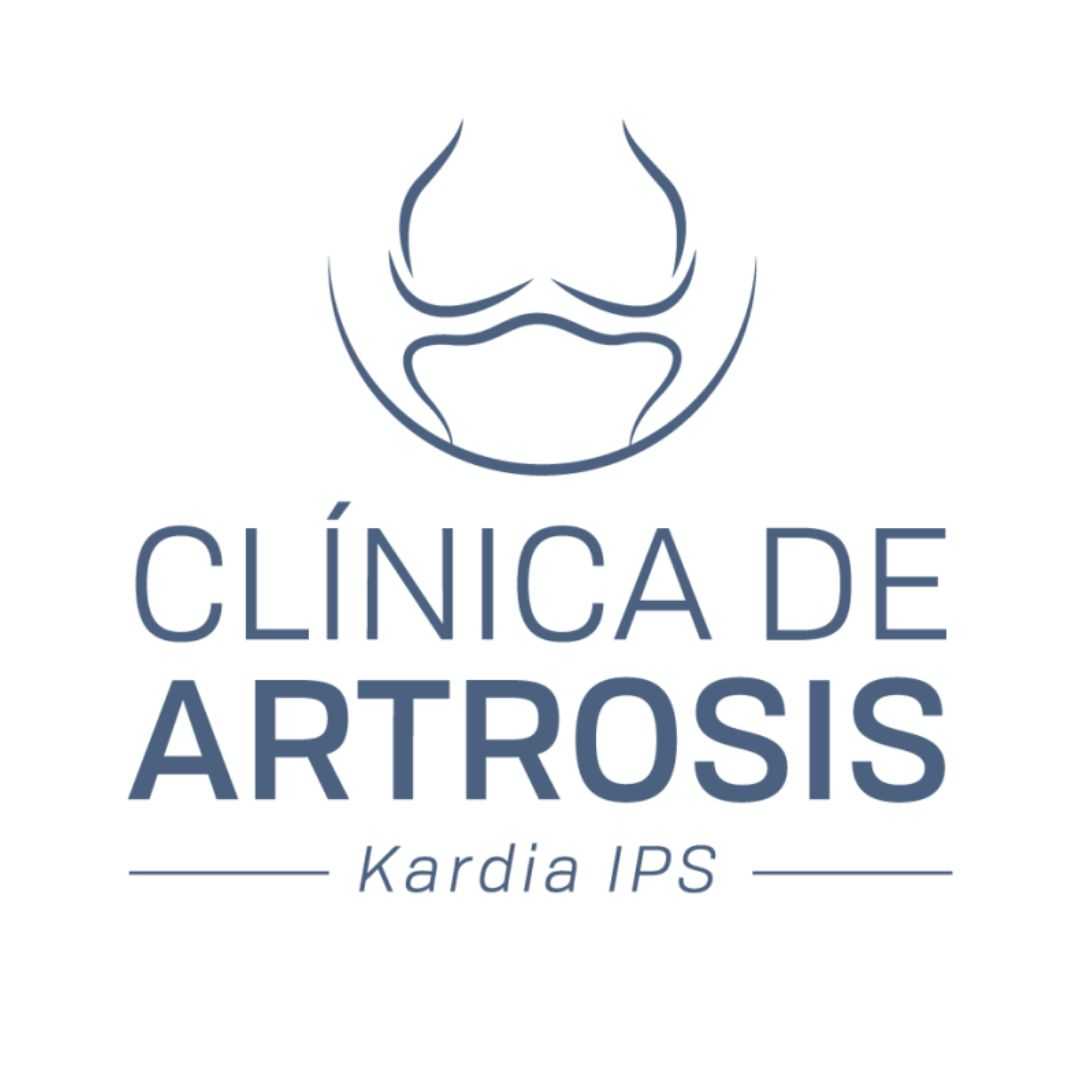

Share this listing